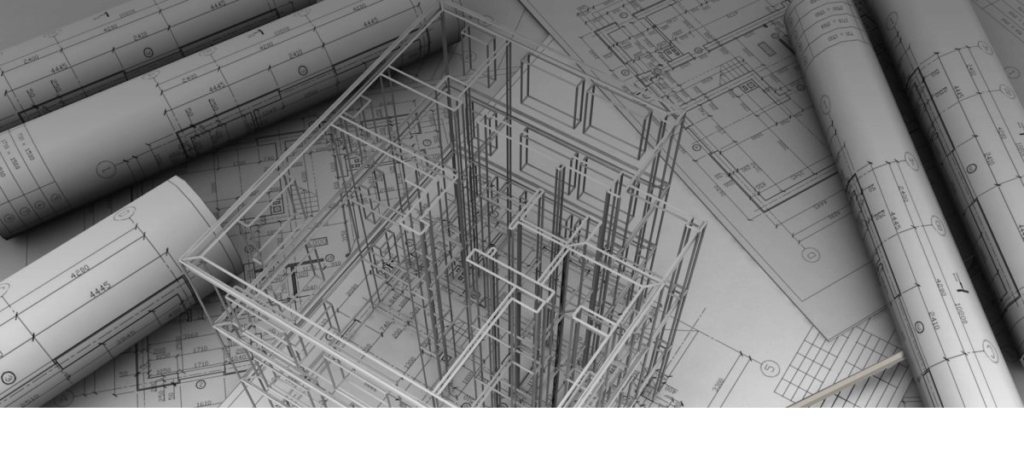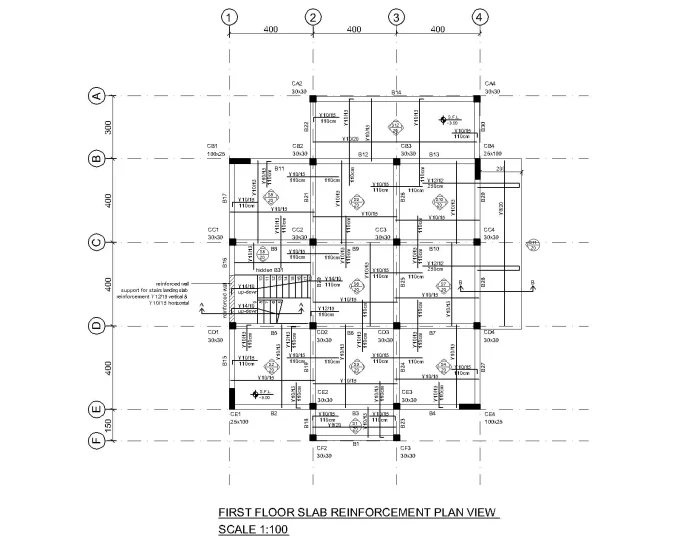Structural engineering is an extremely interesting and important discipline in civil engineering. It encompasses the design, analysis, and construction of structures. Right from the sky-touching skyscrapers to overpass bridges, structural engineering lends the backbone for the design of safe, functionally effective, and aesthetically pleasing infrastructures. Let’s dig into what structural engineering is, what are its principles and applications, and its importance in the modern world in this blog.
What is Structural Engineering?
This is structural engineering, which actually pertains to the design and analysis of structures that are to carry loads or resist forces. Such structures include buildings, bridges, dams, tunnels, and even aircraft and spacecraft. The concept of structural engineering, therefore, is that these structures must fulfill their intended purposes and, in addition, be stable, have durability, and possess strength in resistance to natural forces such as gravity, wind, and earthquakes and human use.
In simple words, structural engineering is the integration of mathematics, physics, and material science for the creation of structures that survive the test of time without the collapse aspect about safety standards and performance metrics.

Principles of Structural Engineering:-
- Load Study:- Structural engineers consider various forms and levels of loads which a structure might undergo during the course of their service life such as live loads, dead loads, environmental loads, and dynamic loads.
- Choice of Material Types:- Steel, concrete, wood, or composite might be selected according to their strength, durability, cost, and the environmental impacts associated with it.
- Structural Stability:- The structure should not fail, deform, or collapse under any circumstances.
- Safety Standards:- The construction procedure should be made up of codes and safety standards that will ensure life and property safe and sound.
- Sustainability:- There is an emergence of sustainability lately and is also being introduced to structural engineering; therefore, green materials with energy efficiency are sought after the designs.
- Economic Feasibility:- Maintaining functionality along with safety within the budget; this way, the projects can be made to fall within the allocated budget with all their standards being met.
Applications of Structural Engineering:-
Structural engineering has been one of the fundamental parts of many industries. Here are a few of the main uses:
Dwelling and Commercial Buildings:
Structural engineers design dwelling, offices, and skyscrapers to resist loads and violence of natural catastrophes but for all this comfort to dwell in.
Transportation Infrastructure:
Bridges, Tunnels, Rail and airports can function only because of structural engineering in a completely safe and as an efficient manner.
Water Resource Engineering:
Dams, Reservoirs, and Levees are designed to face the forces arising from water flow as well as possible hydrostatic forces.
Industrial Facilities:
Factories, Power plants and Oil refineries need proper structural designing to store heavy machinery without any dangers.
Iconic Structures:
Eiffel Tower, Golden Gate Bridge, and Burj Khalifa are some of the popular structures that symbolized creative structural engineering.
Conception of temporary or permanent shelters that can withstand the extreme and risky conditions and serve as shelter during natural calamities.
Energy Projects:
Structural engineering is the backbone of the integrity of steady running for wind farms, solar plantations, and nuclear stations.

Trends in Structural Engineering:-
Building Information Modeling (BIM):
BIM technology enhances the designing and analysis process since it creates 3D models which bring out structural data. It allows better visualization, accurate planning, and proper handling of the project.
It incorporates green building techniques, recycled materials, and renewable energy systems in the structural designs. Sustainability is the current advanced engineering practice that minimizes carbon footprints.
3D Printing in Construction:
3D printing has transformed the structural engineering sector by enabling faster, more cost-effective, and complex designs. It makes complicated components constructible that were otherwise impossible to construct.
Smart Materials:
Advanced materials, such as self-healing concrete and shape-memory alloys, which respond to environmental changes for long-term benefits.
Seismic-Resistant Designs:
This new technology and material is designed in such a way that the structures are made stronger to earthquakes. All older buildings are also being retrofitted for seismic purposes.
Digital Twin Technology:
A digital twin allows an engineer to make virtual copies of the structure to monitor, test, and improve performance in real time.
Parametric Design:
Application of algorithms and computational tools to optimize the structural design, efficiency, and creativity for contemporary projects.
Role of Structural Engineers:
Structural engineers are problem solvers and innovators that ensure the safety and performance of structures. Their work includes:
- Feasibility studies and site investigations.
- Detailed structural designs using software such as AutoCAD, SAP2000, and ETABS.
- Work with architects, geotechnical engineers, and contractors to bring a project into existence.
- Construction monitoring to ensure designs and safety standard requirements.
- Regular structural inspection and maintenance. This improves the lifespan of structures.
- The most difficult issues with aging infrastructure, material inadequacies and environmental issues.

Challenges in Structural Engineering:-
This discipline will be very fundamental but poses some challenges to structural engineering:
- Climate Change: Extreme climatic conditions, increased sea levels. The designer has to predict the future climate and design for it.
- Urbanization: Such as compact yet high-capacity structures in crowded regions, for example, designing vertical cities and the full exploitation of subterranean space.
- Infrastructure aging: Renovation and rejuvenation of old structures into the safety standard; most bridges, buildings, and dams require repair and retrofitting.
- Material scarcity: This is also the reason alternative materials are being discovered today, such as bamboo and engineered timber, for balancing construction material’s cost, availability, and performance.
- Technological adaptation: Adoption of fast-evolving technologies in structural engineering for their application into traditional engineering processes. Engineers always have to improve their skills and equipment to survive.
- Resource Utilization: Minimal wastage of resources during the construction process that could affect the environment.
- Legal Compliance: Structural engineers strive with strict building codes and requirements across various geographic locations and project sites.
Why is Structural Engineering Important?
Structural engineering contributes to a safe accessible built environment. Some of the contributions include the following:
- Public Safety Improvement: Prevention of structural failure and stability in buildings and infrastructure.
- Economic Development: Infrastructure efficiency increases trade, tourism, and the economy at large.
- Sustainability: Minimizing environmental impact of construction through eco-friendly designs and materials.
- Innovation: Technological and material advances in the concept design.
- Community Resilience: Disaster resilience of structures will enable communities to recover rapidly after disasters.
Career Development in Structural Engineering:-
Structural engineering has very broad career development scope in all the sectors. Some of the jobs include;
- Design Engineer: He is a professional with specialization in making structural designs and plans for buildings and infrastructures.
- Project Manager: Manage the construction site; they will ensure the realization of the required time and budget.
- Consultant: Advising on the expertise of structural problems, retrofitting, and optimal design.
- Research and Development Engineer: Inventing novel materials and technological advancements in structures for advanced application.
- Inspection and Maintenance Specialist: Checking regularly whether the safety functions of already established structures are guaranteed.
Conclusion:-
Structural engineering isn’t the mere construction of buildings but is in fact, heritage that withstands time and lives through the centuries. From blending science and art with technology, structural engineers fashion this world in which we live- safe, sustainable, and spectacular. Be you an aspiring engineer, a student, or indeed any enthusiast who wants to appreciate built environments; then knowledge and awareness regarding what structural engineering stands for, together with all it encompasses, educate and inspires.
